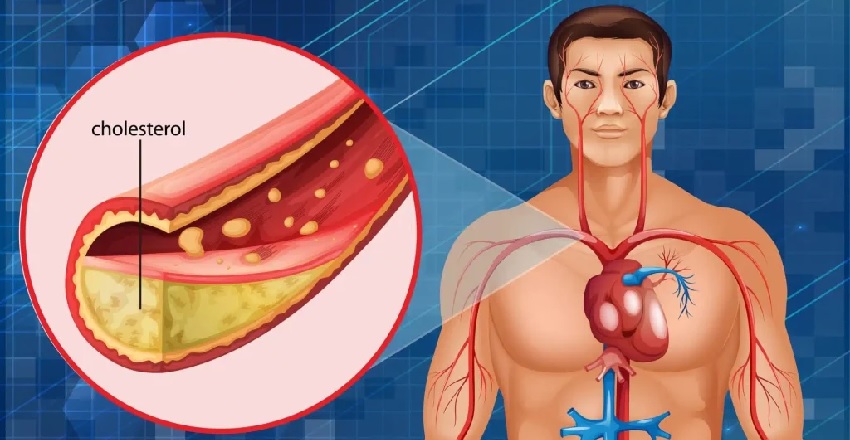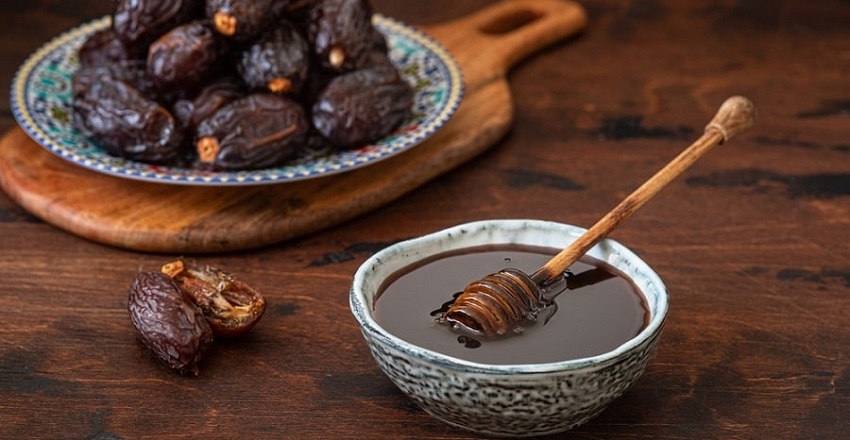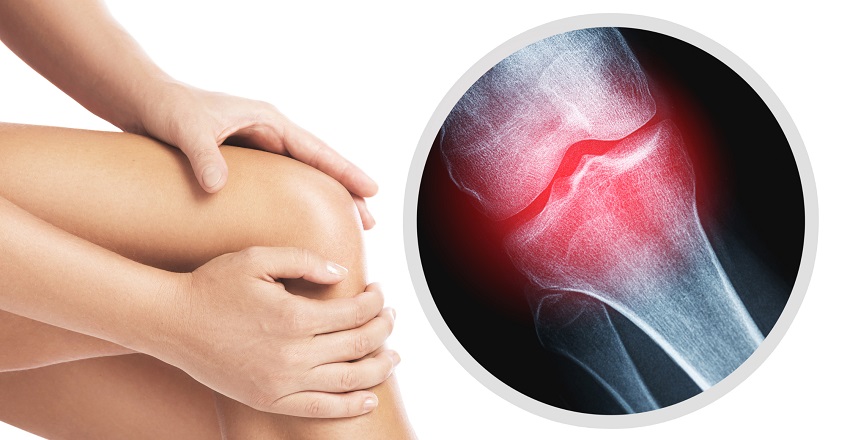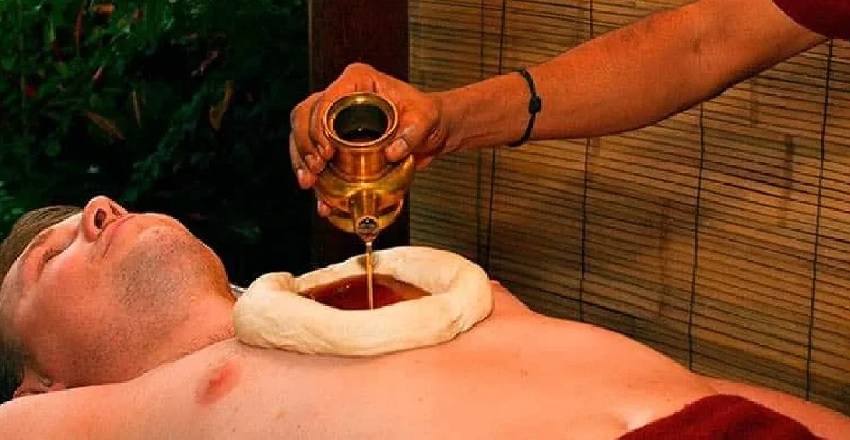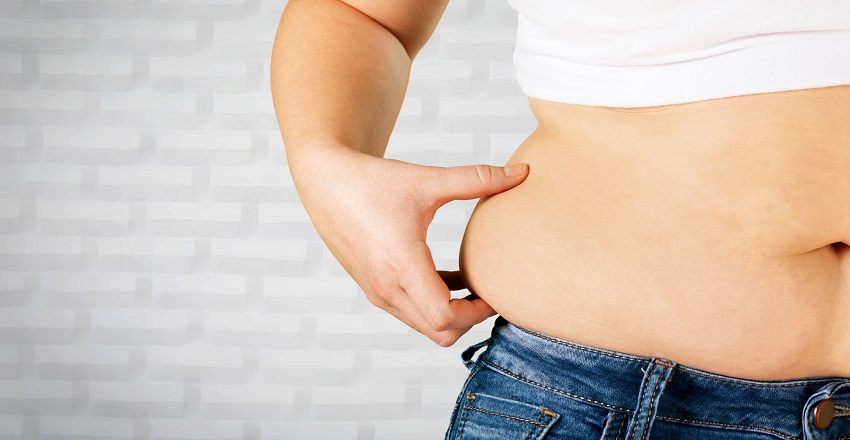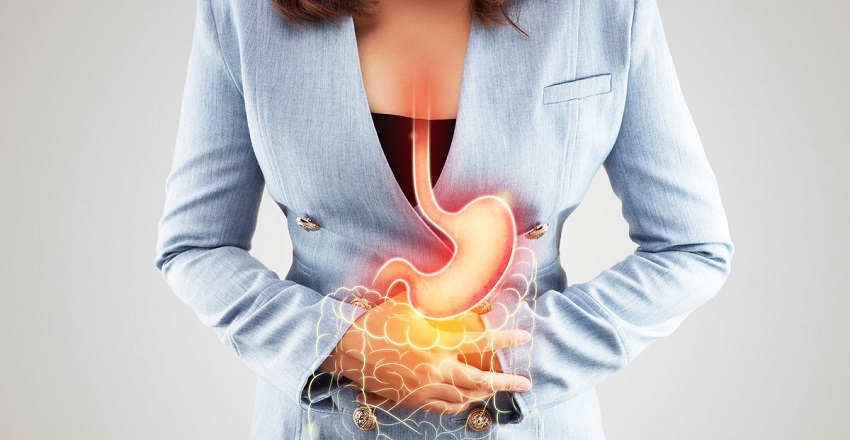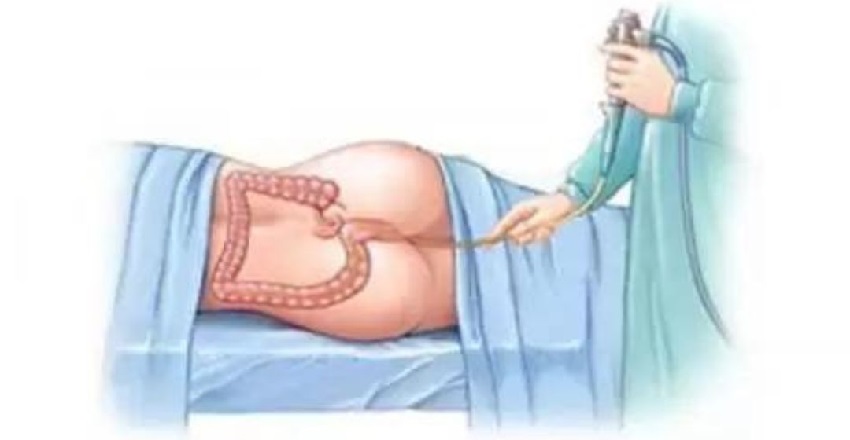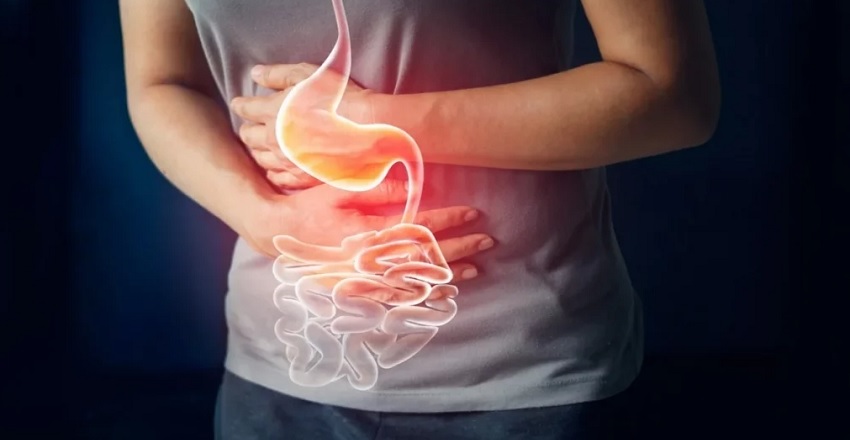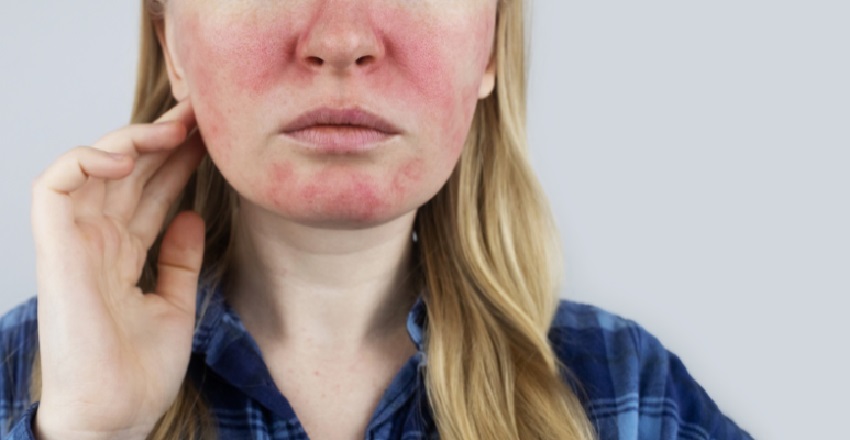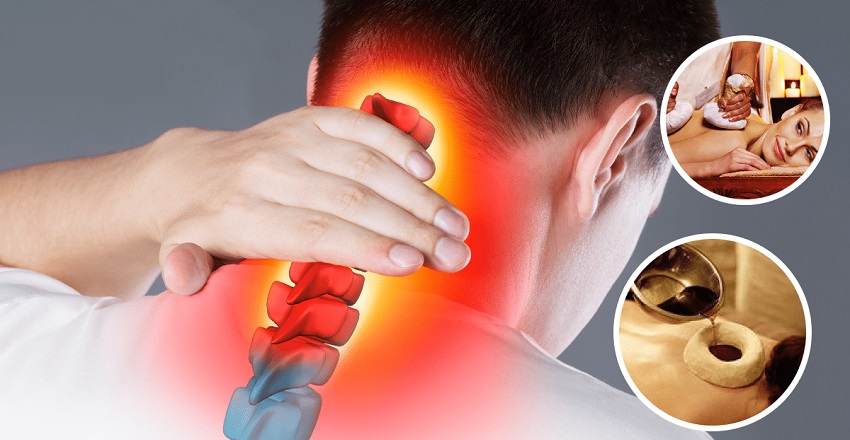A Patient’s Journey, an Ayurvedic Perspective, and the Myths Around Statins When Meera (name changed) walked into my clinic, she looked exhausted—not just physically, but emotionally. She had been on statins for eight years, ever since her routine health check-up flagged “borderline high cholesterol.” She was told—like millions are told every day—that cholesterol is an enemy, a silent killer, something to be aggressively suppressed. But Meera’s story was different. Over the years, her energy levels dropped, her muscle pain worsened, her digestion weakened, and her moods became unpredictable. Every time she questioned it, she was told: “It’s normal… statins do that.” And she accepted it, because she thought she was saving her heart. Until one day she came across Anammyaa Wellness and decided to seek an Ayurvedic perspective. What unfolded in her consultation is exactly what this blog is here to share—the truth nobody talks about. Cholesterol: Not a Villain, but a Vital Building Block Ayurveda views the human body… Continue reading Cholesterol: The Most Misunderstood Friend of the Body



